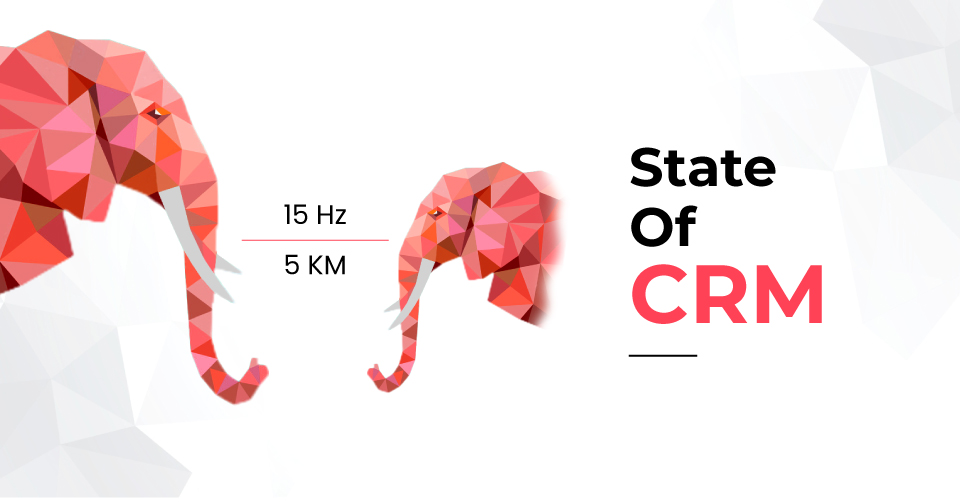Landing pages are an important part of any online marketing campaign, providing a focused, dedicated space for visitors to take a specific action. Whether you’re looking to generate leads, drive sales, or promote a new product or service, a well-designed landing page can help you achieve your goals.
Here are some best practices for creating effective landing pages:
Keep it focused and relevant
Landing pages should be focused and relevant to the specific offer or action that you’re promoting. Avoid clutter and distractions, and make sure that the page is clearly focused on the offer or action that you want visitors to take.
Use a clear and compelling headline
The headline is the first thing that visitors will see on your landing page, so it’s important to make it clear and compelling. Use a headline that accurately describes the offer or action that you’re promoting, and that captures the attention and interest of your target audience.
Write persuasive and compelling copy
The copy on your landing page should be persuasive and compelling, and should clearly explain the benefits of the offer or action that you’re promoting. Use bullet points, numbered lists, and other formatting techniques to make the copy easy to read and scan.
Include a clear and prominent call to action
The call to action (CTA) is the most important part of your landing page, as it tells visitors what you want them to do next. Make sure that your CTA is clear, prominent, and compelling, and that it stands out from the rest of the page.
Use high-quality visuals
Visuals are an important part of any landing page, as they can help to grab the attention of visitors and reinforce the offer or action that you’re promoting. Use high-quality images, videos, and other visuals that are relevant and engaging, and that support the message of your landing page.
Keep it simple and easy to use
Landing pages should be simple and easy to use, with a clear and intuitive layout and navigation. Avoid clutter and distractions, and make sure that the page loads quickly and smoothly on all devices.
Make it mobile-responsive
With more and more people accessing the internet on mobile devices, it’s important to make sure that your landing page is mobile-friendly and responsive. Use a mobile-first design approach, and make sure that the page looks great and works well on all devices.
Test and optimize
Landing pages are never perfect the first time around, so it’s important to test and optimize your page to see what works and what doesn’t. Use A/B testing to compare different versions of your landing page, and make changes based on the results.
Multichannel engagement
It is important to implement a system in place for engaging with visitors via chat bots on your landing page. Whenever a prospect fills out a form on your landing page, immediate engagement should begin via WhatsApp bot, SMS, email, and if relevant, phone calls. This will help to build relationships with potential customers and encourage them to take action. By providing personalized support and guidance through these communication channels, you can increase the chances of converting hesitant visitors into paying customers.
Referrer paths
It is essential that your landing page is designed to capture the first and last referrer of your visitors. This means tracking where your visitors come from and where they go after leaving your page. This information can provide valuable insights into your audience and can be used to optimize your marketing efforts. By understanding the behavior of your visitors, you can create more effective campaigns and improve the performance of your landing page. Therefore, it is important to ensure that your landing page is equipped with the necessary tracking capabilities to capture this information.
Retargeting
It is advisable to consider adding retargeting tracking codes (e.g. from Facebook, Google, native ad portals) to your landing page. Retargeting allows you to show ads to people who have already visited your website, increasing the chances that they will return and convert. By adding tracking codes to your landing page, you can collect data on your visitors and use it to create more effective retargeting campaigns on other channels. This can help to increase the performance of your landing page and drive more conversions for your business. By implementing retargeting tracking codes on your landing page, you can gain valuable insights into the behavior of your visitors and use that information to improve your marketing efforts.
By following these best practices, you can create effective landing pages that help you achieve your online marketing goals. Whether you’re looking to generate leads, drive sales, or promote a new product or service, a well-designed landing page can help you engage and convert your visitors into customers.
Paramantra CRM offers support for unlimited landing page integrations and tracking. For landing page creation, businesses can use the many tools available online, contact vendors or web developers with expertise in the area, or create them in-house. Once published, Paramantra helps to manage and integrate these landing pages with popular advertising platforms such as AdRoll, Facebook, Google and others to ensure seamless lead capturing on a single platform with accurate attributions. It also provides tools for A/B testing, tracking of UTM parameters and referrer paths, and the option to send automatic responses to leads via text messages, email and WhatsApp. Integration of a new landing page is straightforward and takes only a few minutes, and comes with a spam filter. For businesses where the offering demands immediate engagement of leads generating through a landing page or other online sources, Paramantra offers an automated rule-based immediate call-back feature to ensure your conversion ratios stay at the optimum level at all times. These features can help businesses improve the performance of their marketing efforts and drive more conversions.


